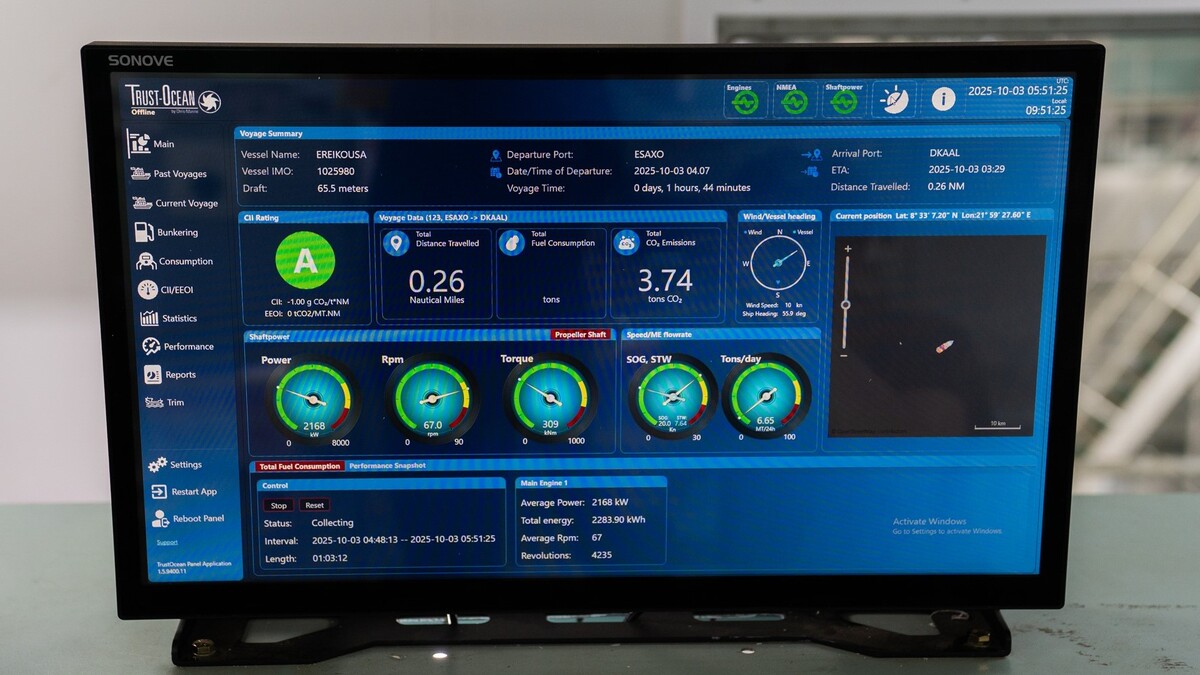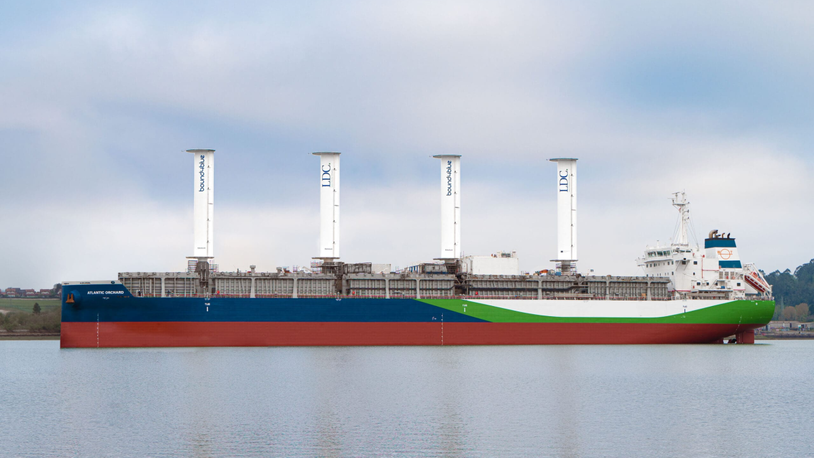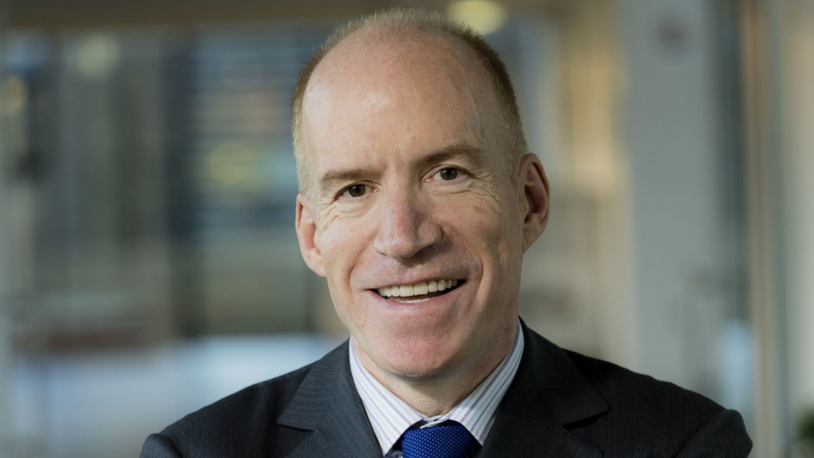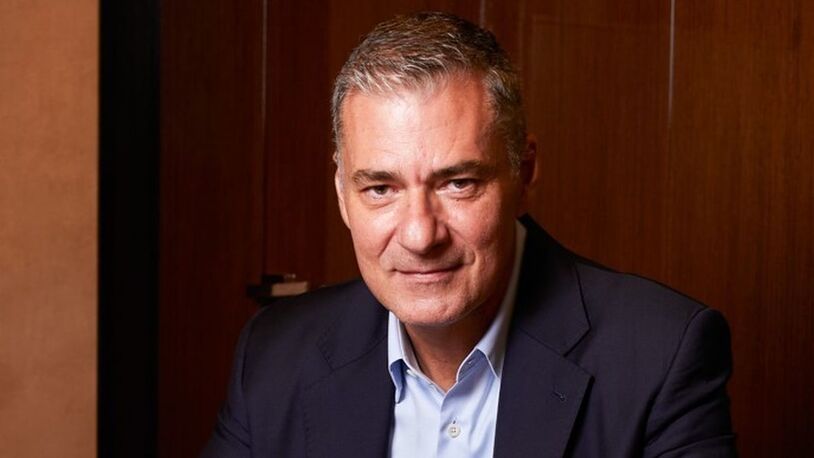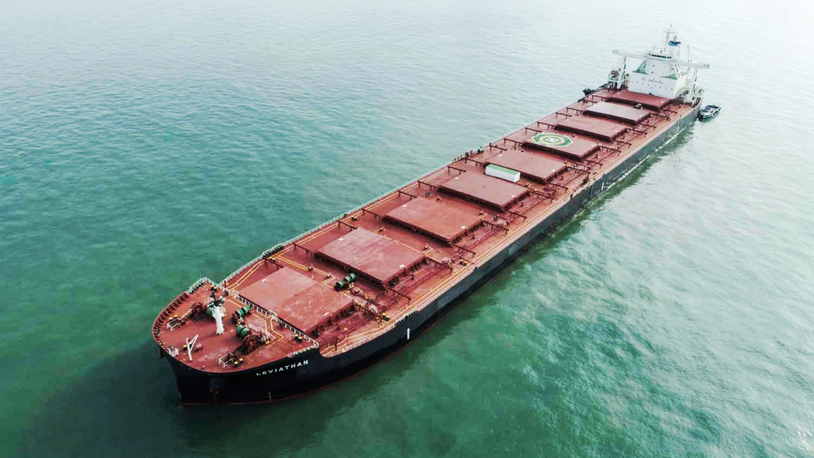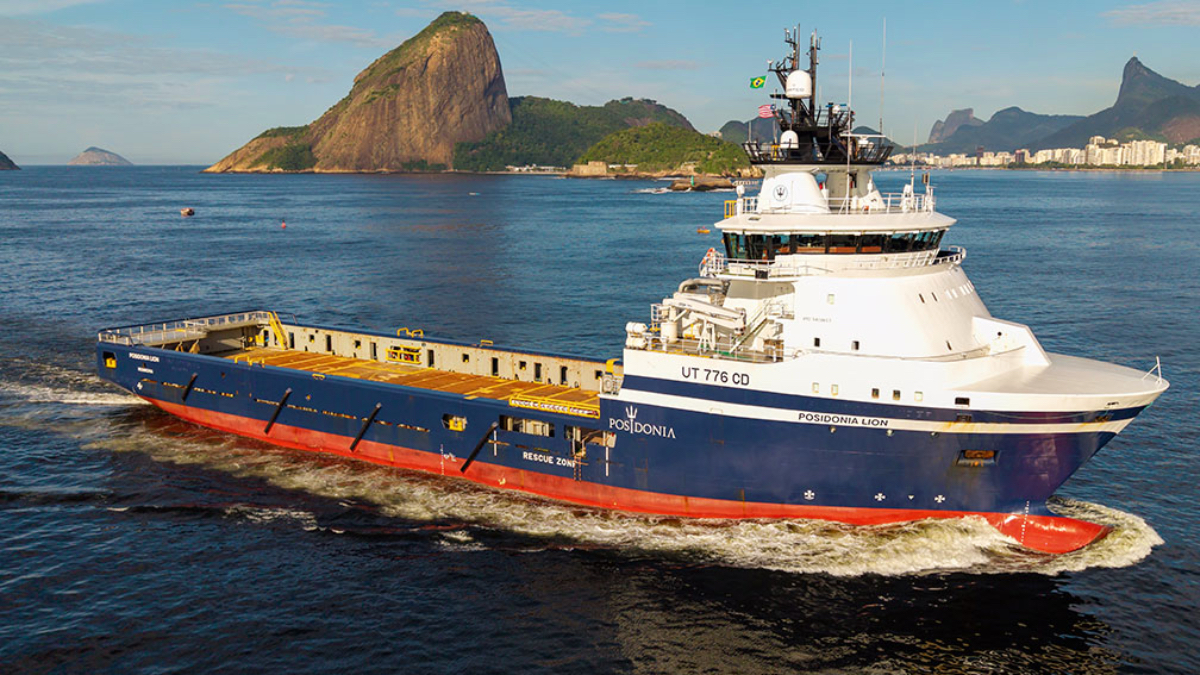Business Sectors
Events
Ship Recycling Webinar Week
Contents
Register to read more articles.
Prolonged upcycle will swell subsea spending
Increasing subsea spending to meet global energy demand is driving opportunities for Tier 1 subsea solutions providers
A prolonged upcycle is taking shape in the subsea sector, driven by global energy demand, with spending expected to grow from US$27.8Bn this year to US$31.8Bn in 2027, according to Rystad Energy. This strong outlook for the subsea sector is the result of expanding opportunities in producing lower-carbon oil and gas, fixed and floating wind, carbon capture, utilisation and storage and hydrogen production and storage.
At the Pareto Securities Energy Conference in September, Subsea 7 chief executive, John Evans, said his company’s active subsea tendering pipeline has grown from US$8Bn in Q2 2020 to a whopping US$21Bn and another US$5Bn in fixed offshore wind tenders in Q2 2023. The Oslo-listed subsea solutions provider’s order intake reached US$4.1Bn in H1 2023, with its backlog increasing to US$10.4Bn.
The DOF Group reported a backlog of Nrk25Bn (US$2.3Bn) at the end of September, while TechnipFMC revised its outlook for subsea orders for 2023 upward to US$9Bn.
“Future demand prospects look strong for a number of years”
In its latest market report detailing the strengthening subsea market, shipbroker Fearnleys noted the tightening of availability of high-spec subsea vessels. “The owners of high-quality assets continue to see favourable market terms with increased day rates and longer contract durations in the segment,” said Fearnleys. “As an example, of the global 250-ton subsea construction segment totaling between 30 and 40 vessels, we can now report only a handful of vessels available for long-term charters, with future demand prospects look strong for a number of years.”
New joint venture finalised
Subsea7 joined with two other subsea powerhouses, SLB and Aker Solutions, to finalise the formation of OneSubsea. With headquarters in Oslo and Houston, OneSubsea comprises the subsea businesses of SLB and Aker Solutions, covering an extensive complementary subsea production and processing technology portfolio, manufacturing, reservoir and digital domain expertise, pore-to-process integration capabilities and strengthened R&D capabilities.
With continuing pressure on increasing production while reducing capex and lowering emissions, OneSubsea’s subsea processing capabilities are expected to enhance reservoir recovery and enable long tie backs. Its compression technology portfolio has shown its potential to reduce the structure and capital cost of developing new energy reserves, while subsea projects have shown to be inherently more carbon efficient than topside solutions.
SLB holds a majority stake of 70% in the joint venture, with remaining interest split between Aker Solutions (20%) and Subsea7 (10%).
OneSubsea chief executive, Mads Hjelmeland, believes OneSubsea technologies can help clients “optimise production and reduce emissions in their subsea operations.”
Subsea7 and SLB’s OneSubsea have already been co-operating under the Subsea Integration Alliance, collaborating on the design, development and delivery of integrated subsea production systems and subsea umbilicals risers and flowlines systems to optimise the cost and efficiency of deepwater developments.
SLB chief executive, Olivier Le Peuch, said: “The offshore market is demonstrating a sustained resurgence as operators across the world look to accelerate development cycle times and increase the productivity of their offshore assets”. He thinks OneSubsea is placed to “support customers in their drive to improve asset performance, while increasing energy efficiency and reducing CO2 emissions.”
Related to this Story
Events
Ship Recycling Webinar Week
International Bulk Shipping Conference 2025
Tankers 2030 Conference
Maritime Navigation Innovation Webinar Week
© 2024 Riviera Maritime Media Ltd.

